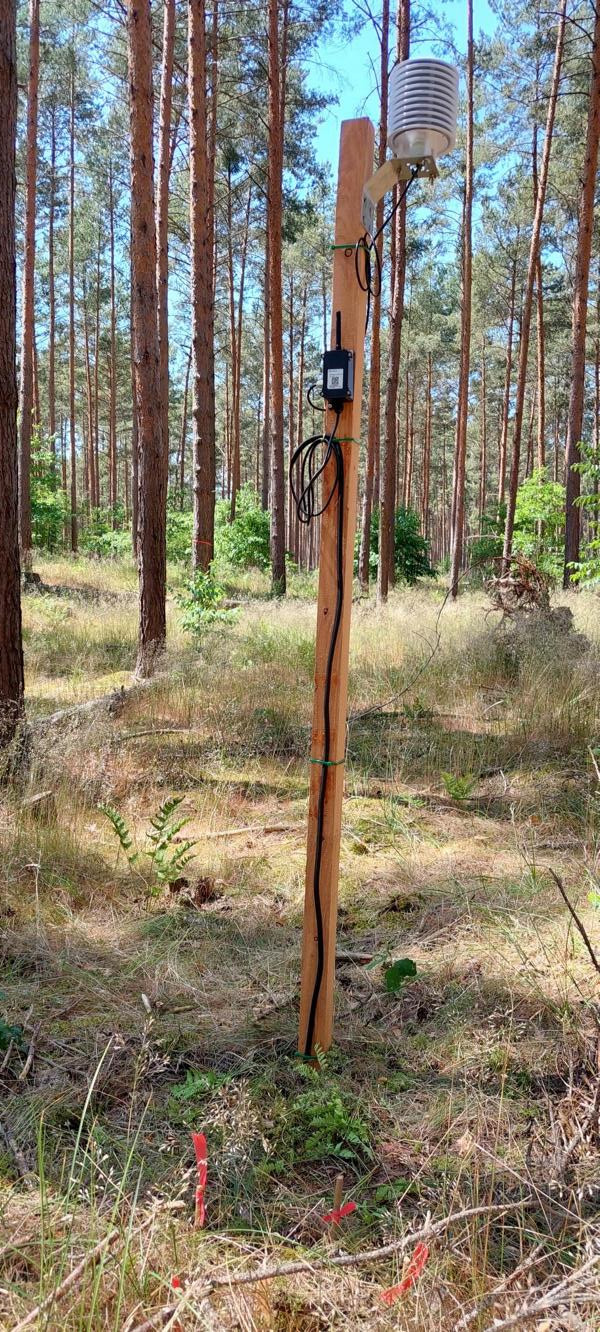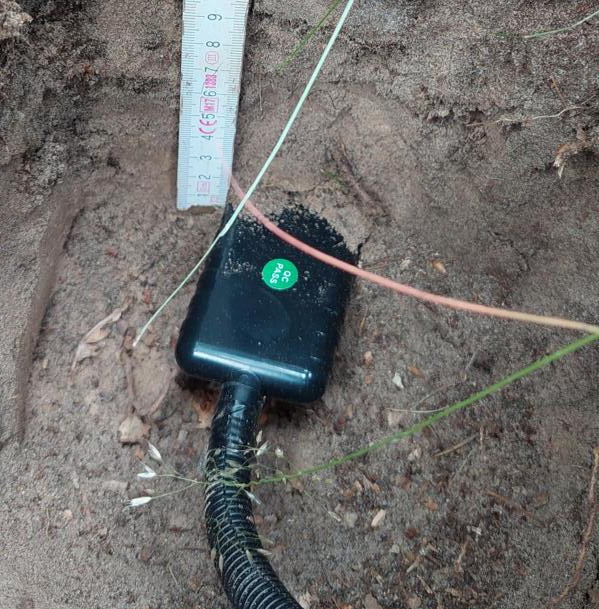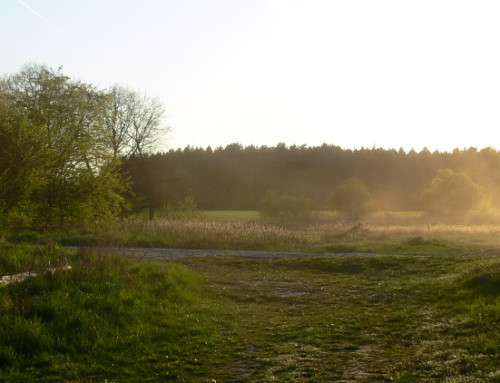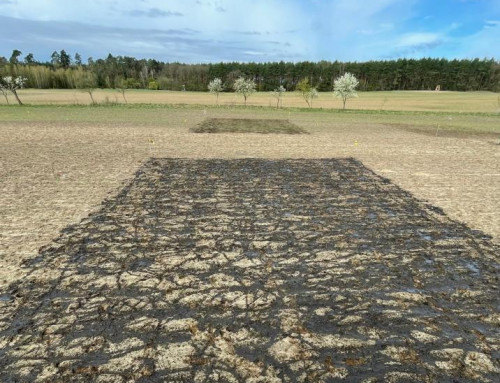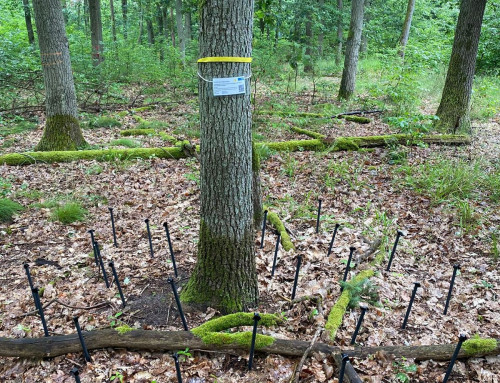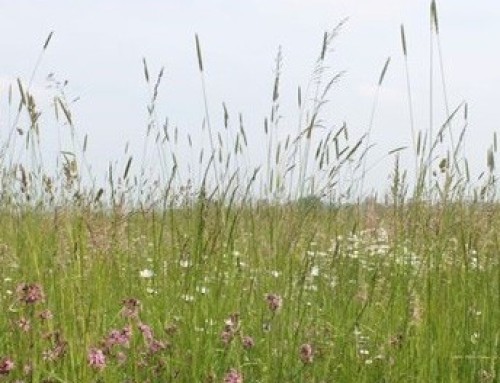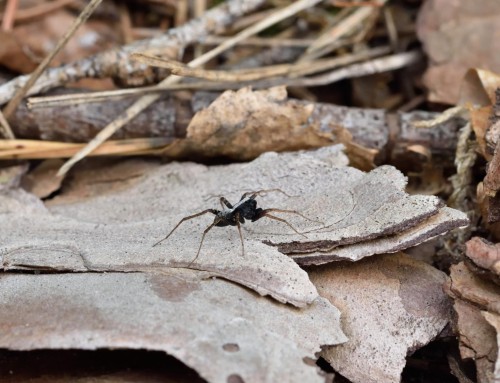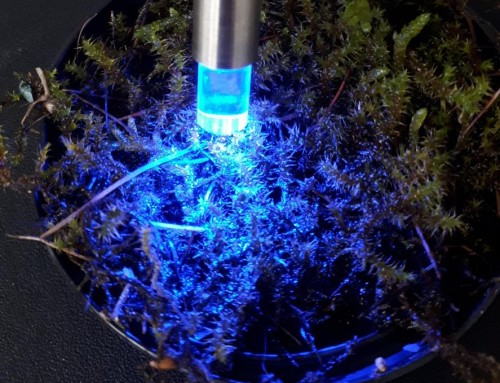Type of project: PhD project
Supervisors: Prof. Dr. Peter Annighöfer and Dr. Martin Jansen
PhD student: Barbara Brunschweiger
About the project
Prolonged periods of drought, which are occurring more frequently, have led to unprecedented levels of tree mortality across Germany. These recent events have greatly accelerated forest restructuring, whereby the forestry and timber industry is attempting to counter the effects of drought and heat by promoting more structured stands. New sustainable concepts should make it possible to continue economic forest management and support the development of climate-adapted forest ecosystems in the future.
This project aims to support this process by scientifically investigating promising tree species within different neighborhood constellations. The focus is on investigating the effect of different forest structures on tree growth under drought conditions.
The experimental set-up explores different forest structure scenarios, where the main stand consists of the native Scots pine species (Pinus sylvestris) in pure stands or in mixed deciduous stands. In mixed stands, a special focus will lie on native oak species (Quercus spec.). In addition, the absence or presence of dense understory in the ancillary stand will be regarded. The non-native black cherry (Prunus serotina) is of special interest, as it is considered invasive, but appears to have survived recent drought years comparatively well.
A comprehensive understanding of the structural complexity of the forest will be achieved through the use of terrestrial laser scanning, complemented by tree species diversity assessment. Drought severity will be approximated through analysis of local air and soil microclimate, while tree response to drought stress will be investigated through a combination of remote sensing techniques and on-site monitoring. To explore potential effects of site-specific soil life on tree growth under drought, functional composition of soil organism and mycorrhizal communities will be analyzed.
As one of the driest regions in Germany, the study area of the Zwillenberg-Tietz Foundation, located in Brandenburg, offers ideal conditions for research on drought stress responses. To consider the influence of soil properties, the selection of the specific sample plots is based on the previous project “Site mapping with chemical-physical soil characterization” (Pampe & Pampe, 2019) of the Georg-August-University Göttingen.

